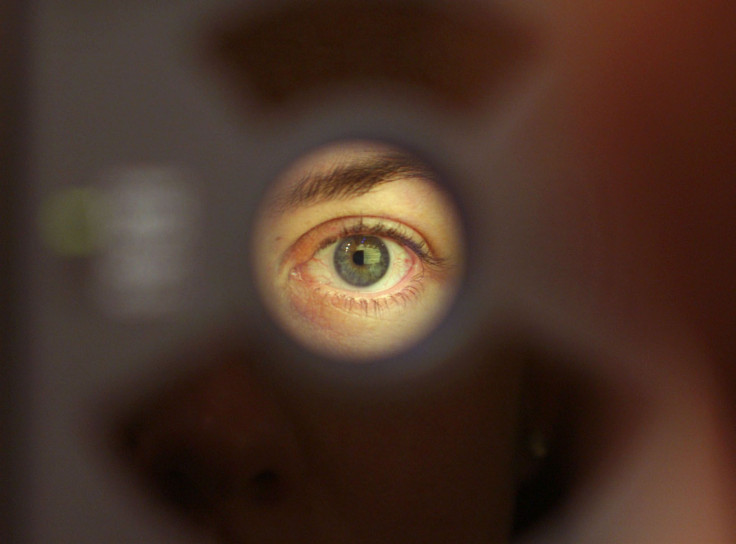Smartphone Security Features: iPhone 8, Samsung Galaxy S8 Expected To Make Iris Scanner Mainstream

Most smartphone users keep a lot of important data and personal information on their smartphones and therefore, smartphone security features should be an important consideration while choosing a phone.
Both smartphone and software companies have been working on enhancing the security of smartphones every year, with new generations of software and hardware.
Features to give your devices privacy (except the information you willingly share with apps) started in a simple manner with the introduction of lock screens in Android 2.0 and iOS 5. The lockscreen gave users an unlock mechanism, which let them unlock their device by sliding the unlock icon on the screen. This was better than having an idle screen straight up, but it was still insecure, requiring a motion anyone with a finger could easily make. Later, passwords were introduced on devices to make them more secure — once you set a password, you screen could only be opened by entering it.
The technology took a leap when pattern locks were added to devices. Patterns could be less easily replicated than passwords and more difficult to memorize. They are still being used by many Android and iOS users.
Up till the pattern lock came by, most smartphone security features were software based.
Around 2015, mainstream smartphone companies began to venture into hardware security features and the first major devices with the feature emerged that year. The Samsung Galaxy S5 and the iPhone 5S featured technology which allowed users to unlock their devices by swiping their fingers over a scanner placed either alongside the rear camera or in the smartphone’s home button. The scanner would match your fingerprint with saved fingerprints and unlock the device.
In 2017, we are likely moving toward the next step in the evolution of smartphone security features — the introduction of iris scanners and facial recognition in devices such as the iPhone 8 and Galaxy S8 is expected to replace the fingerprint sensor feature which was present on previous generations of the devices.
Adding an iris scanner provides a layer of biometric security to users. While it does require a little effort, fingerprint scanners can also be fooled by lifting prints off things.
The feature was initially introduced on the ill-fated Samsung Galaxy Note 7 device in 2016 and is now expected to be rolled out on many upcoming devices, such as the Moto Z 2017 edition.
While a facial scanner takes into account the size and shape of your face with some even asking users to smile to unlock their devices, an iris scanner works differently. Smartphone makers need to include narrow lenses inside front cameras of their devices to make them capable of eye-scanning. Such lenses allow the phone to find the position of an eye when users look at their phones.
However, the feature is expected to increase battery consumption and will need the front cameras on smartphones to work well. But it is definitely a major security upgrade, since replicating irises is not possible (even though the use of lenses may be able to fool the scanners).
Because of high level of security it offers, the iris scanner is expected to be made compatible with mobile payment services such as Apple Pay, Android Pay and Samsung Pay.
In 2017, the feature could become a major flagship feature along with edge-to-edge displays and 10nm processors.
© Copyright IBTimes 2024. All rights reserved.





















